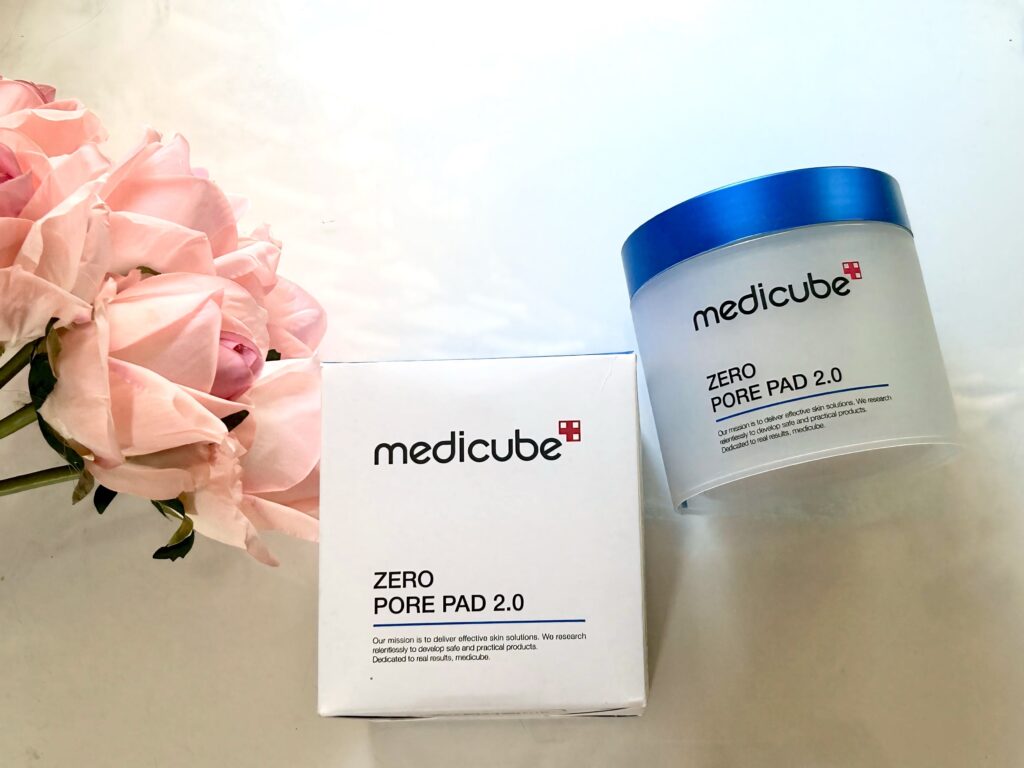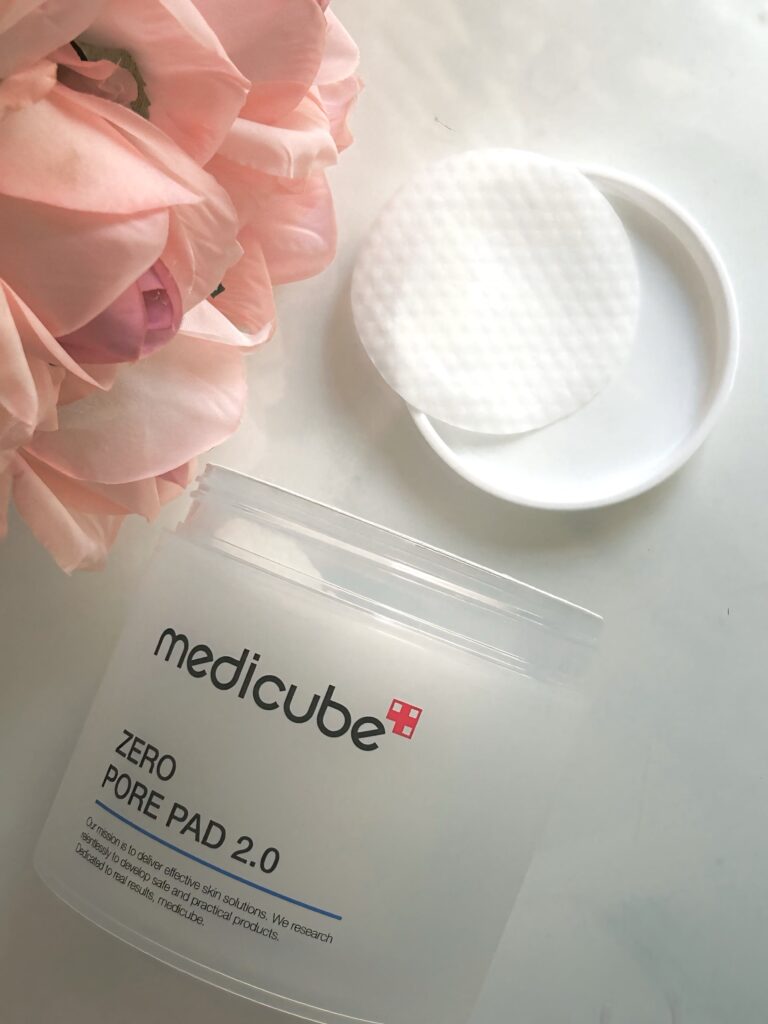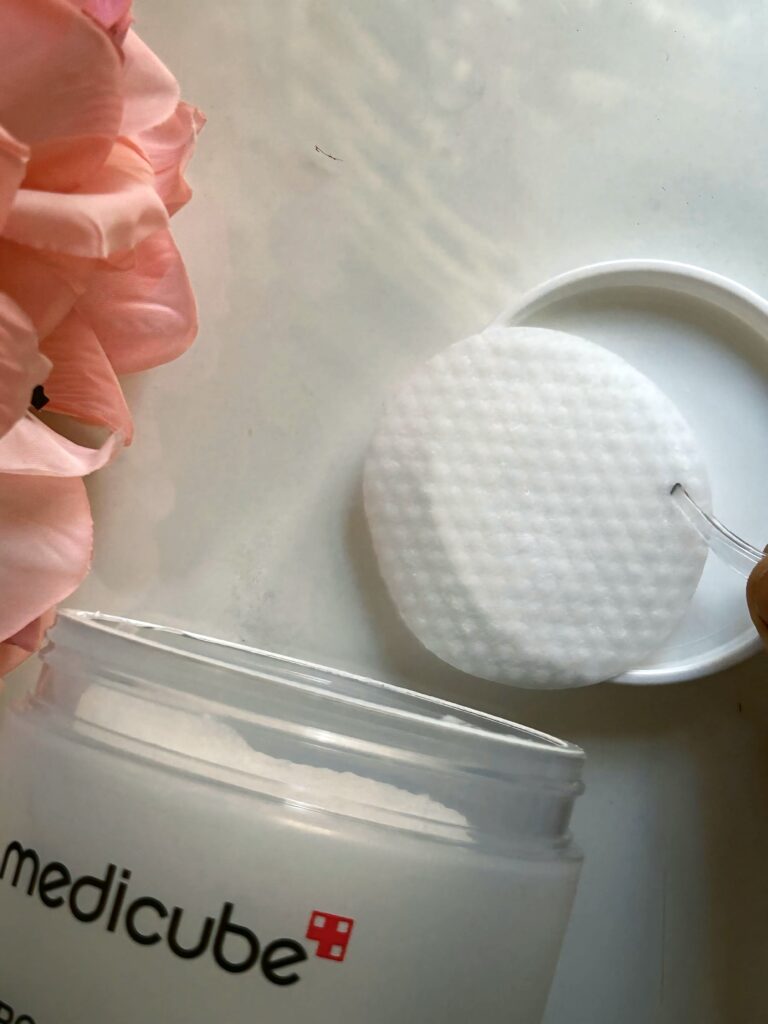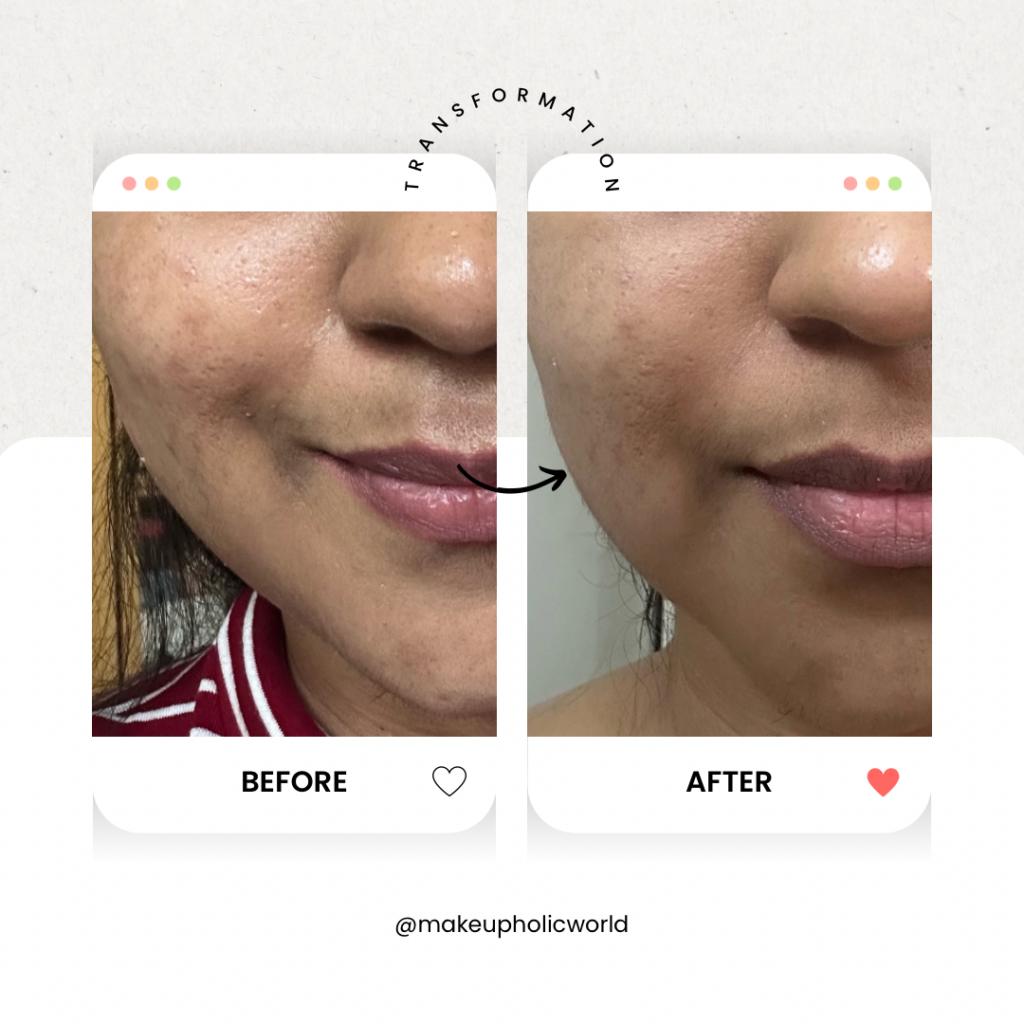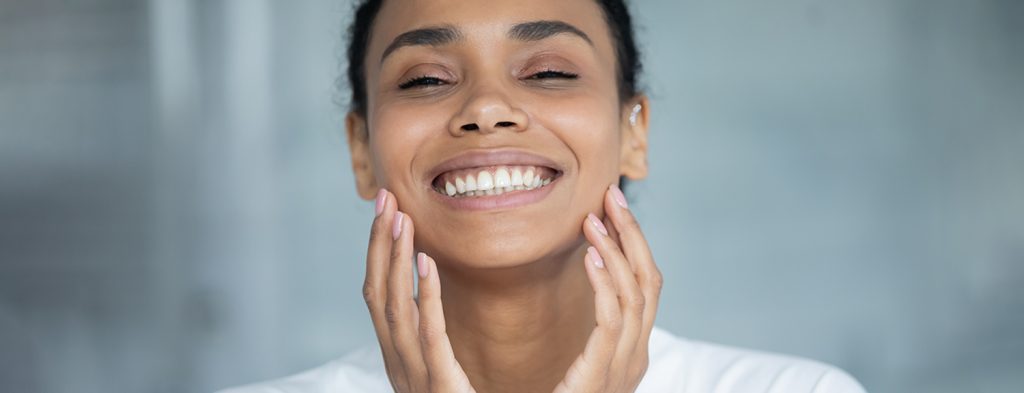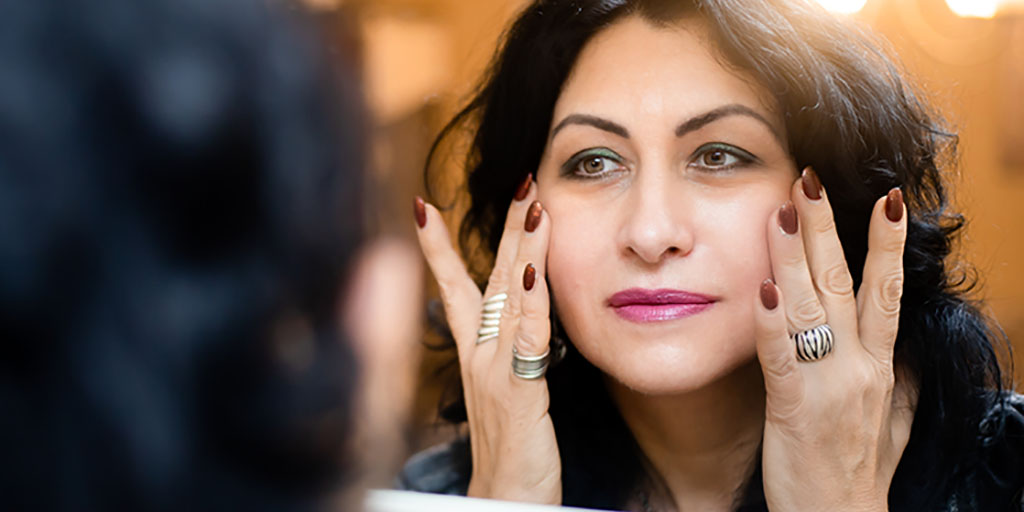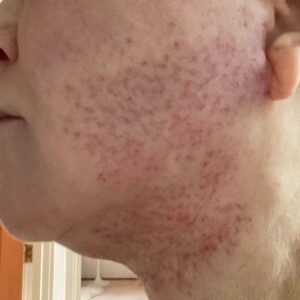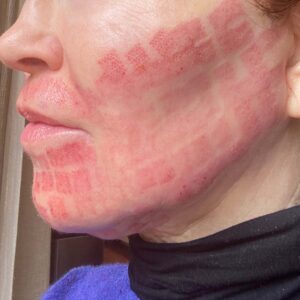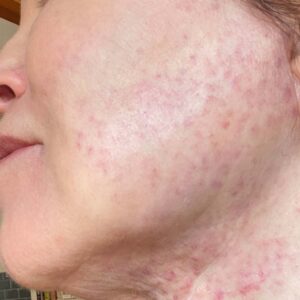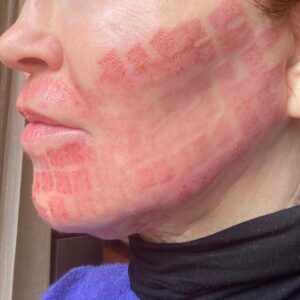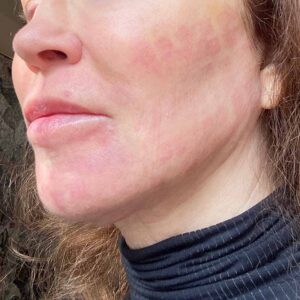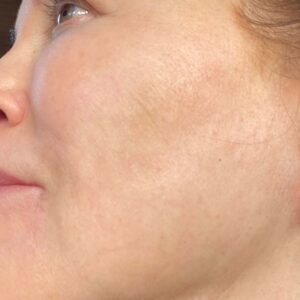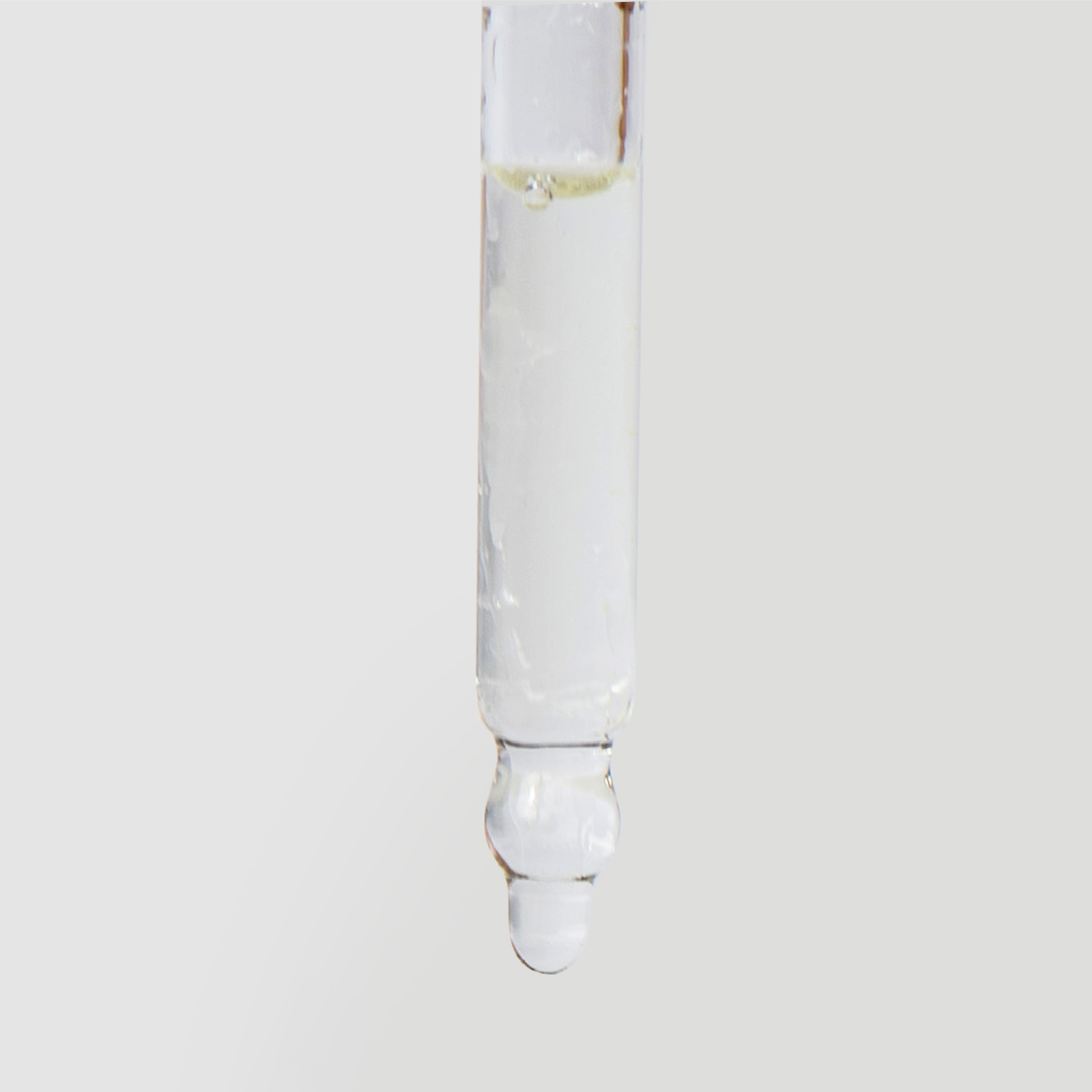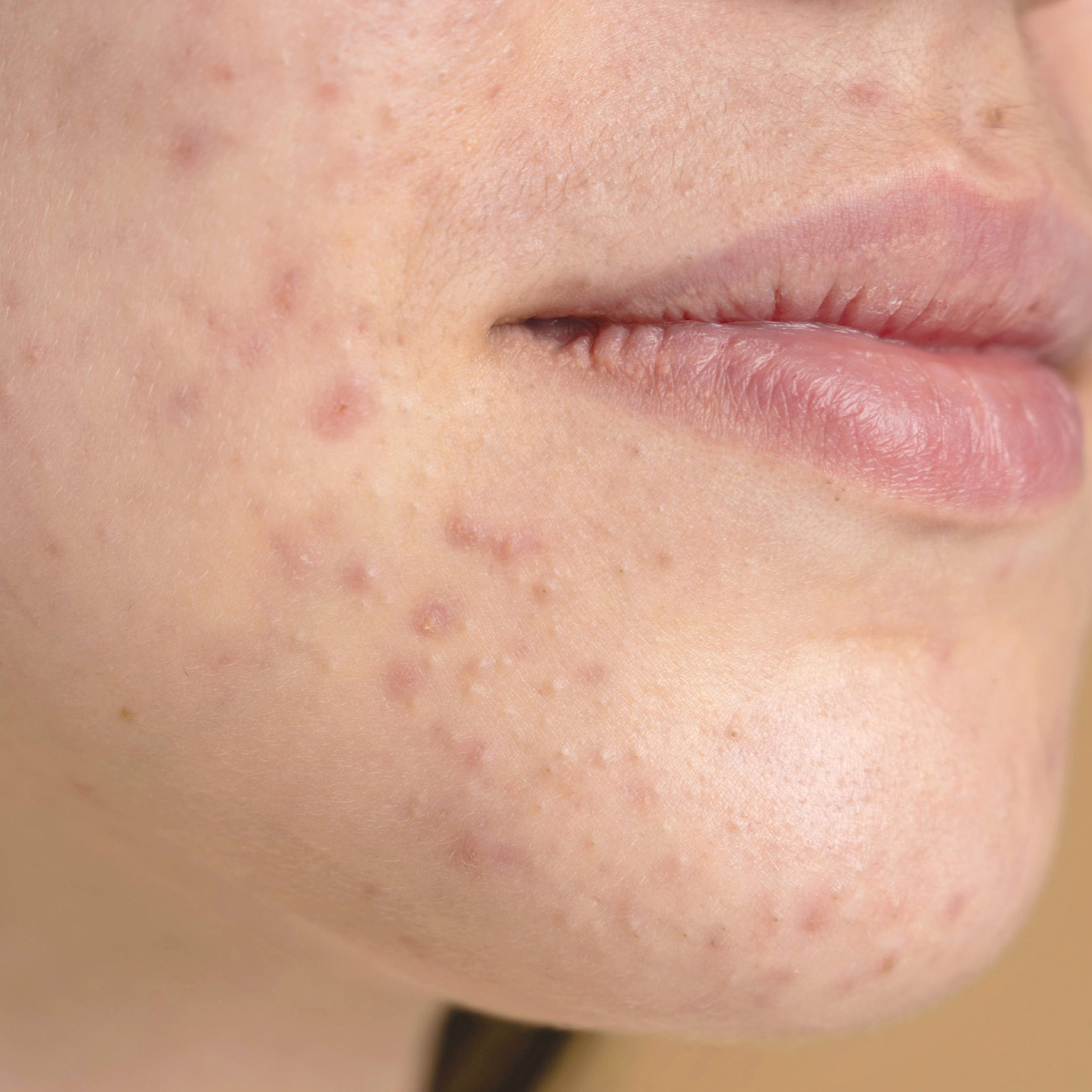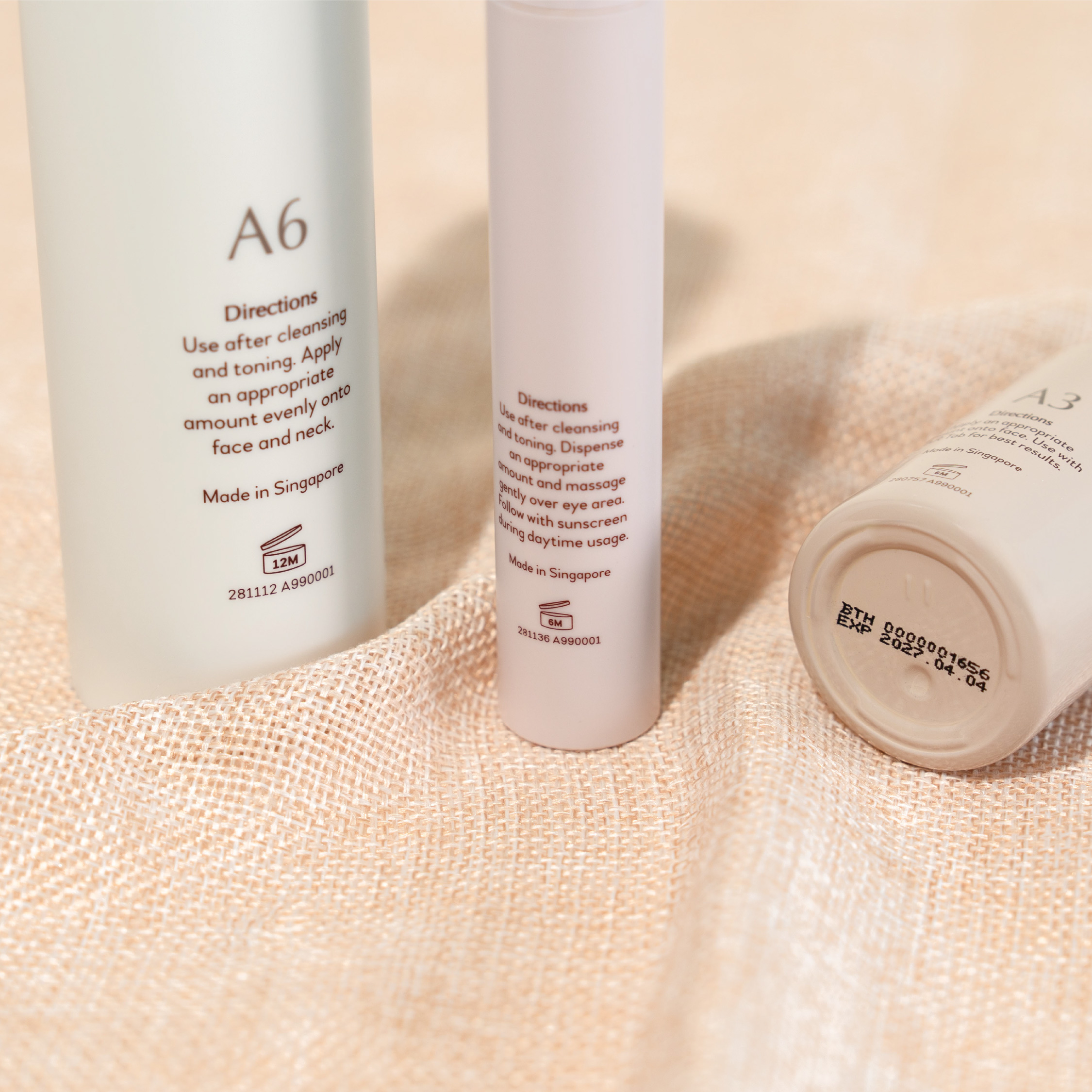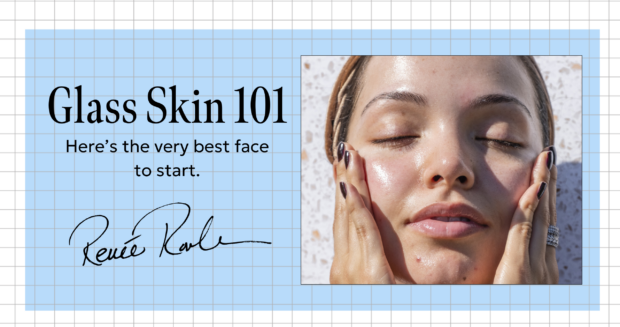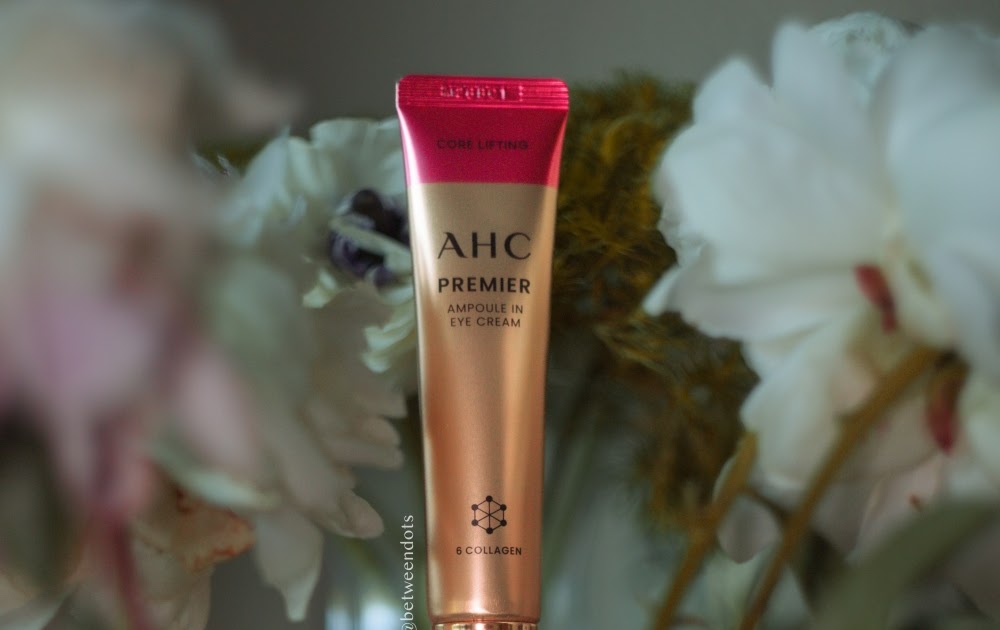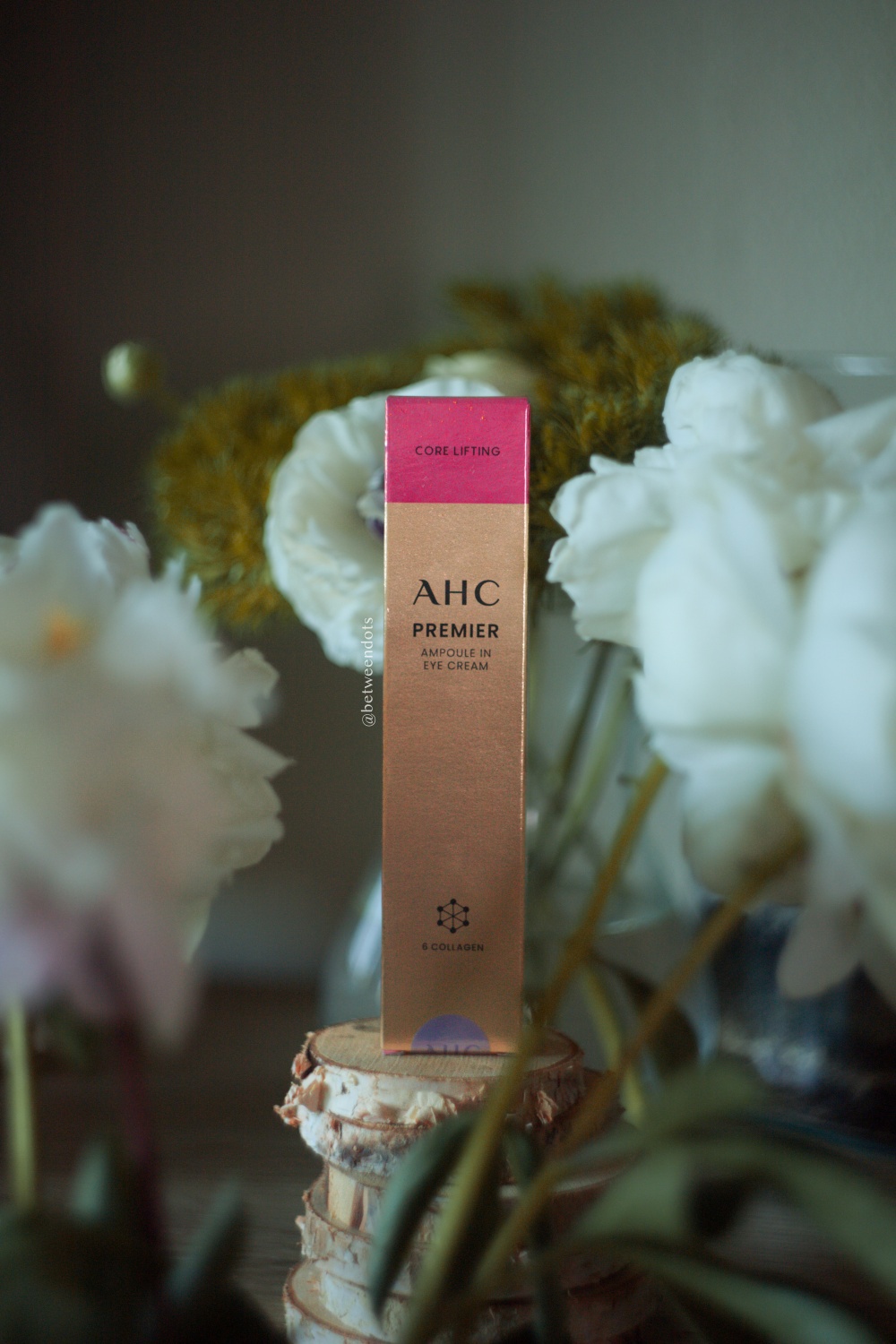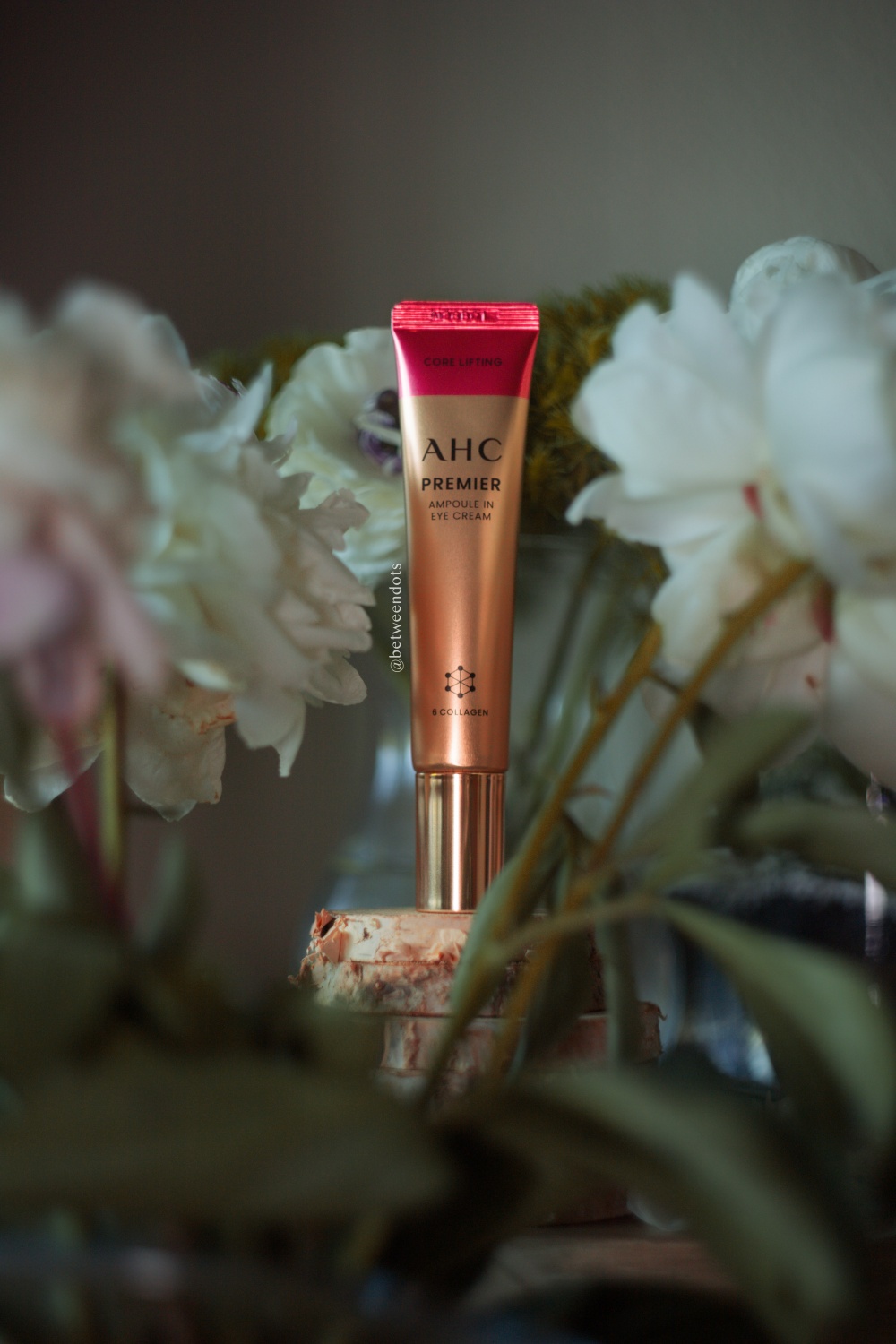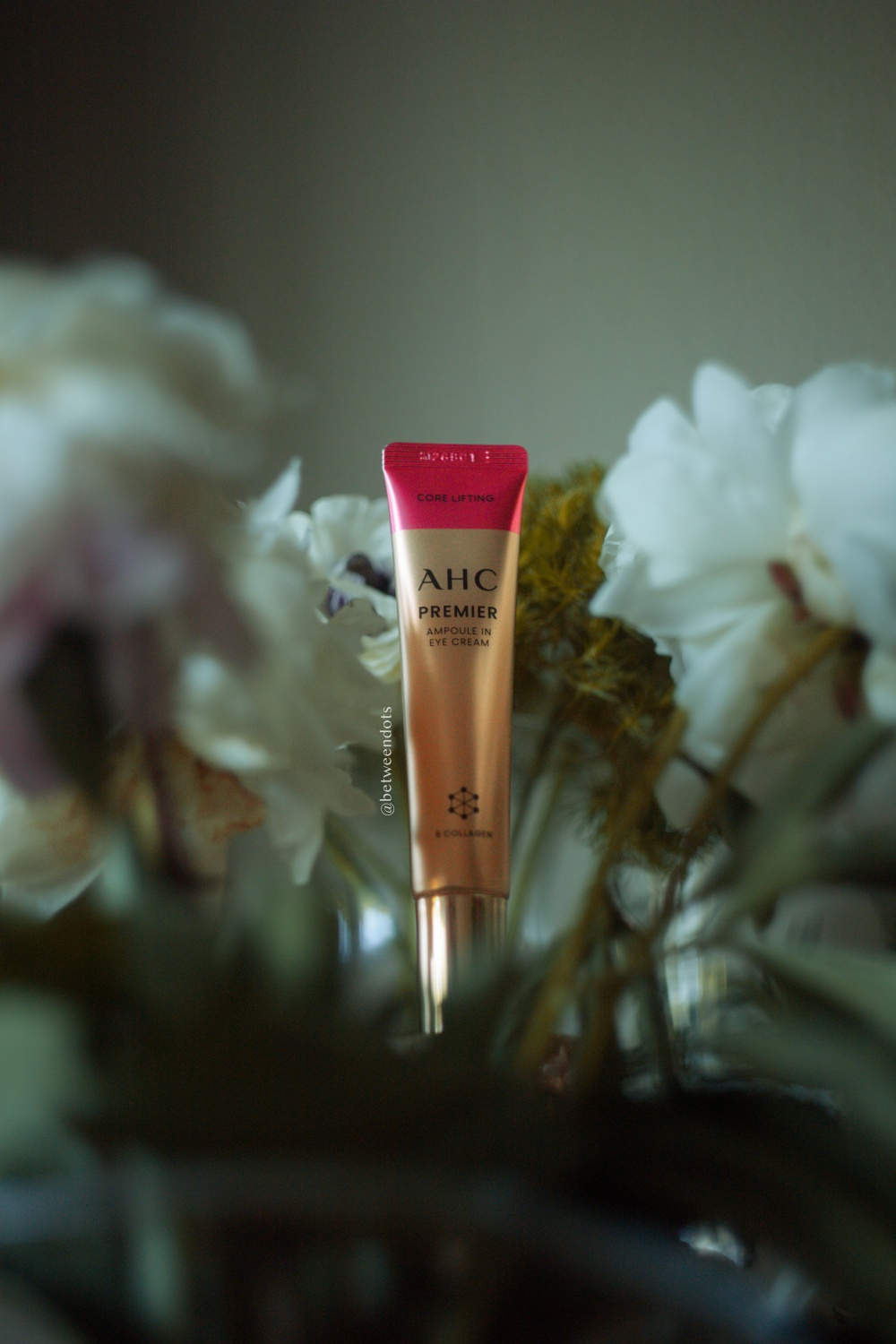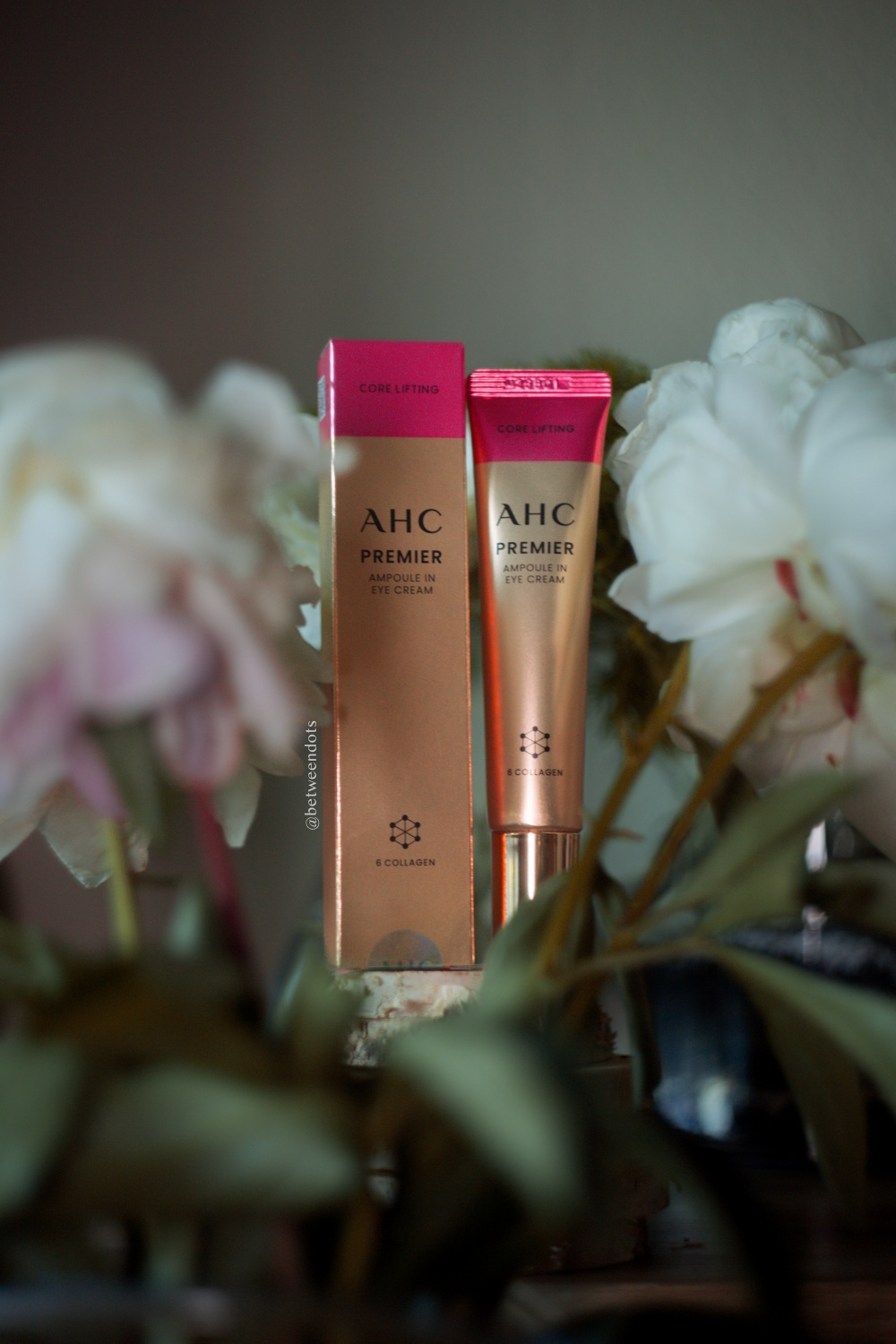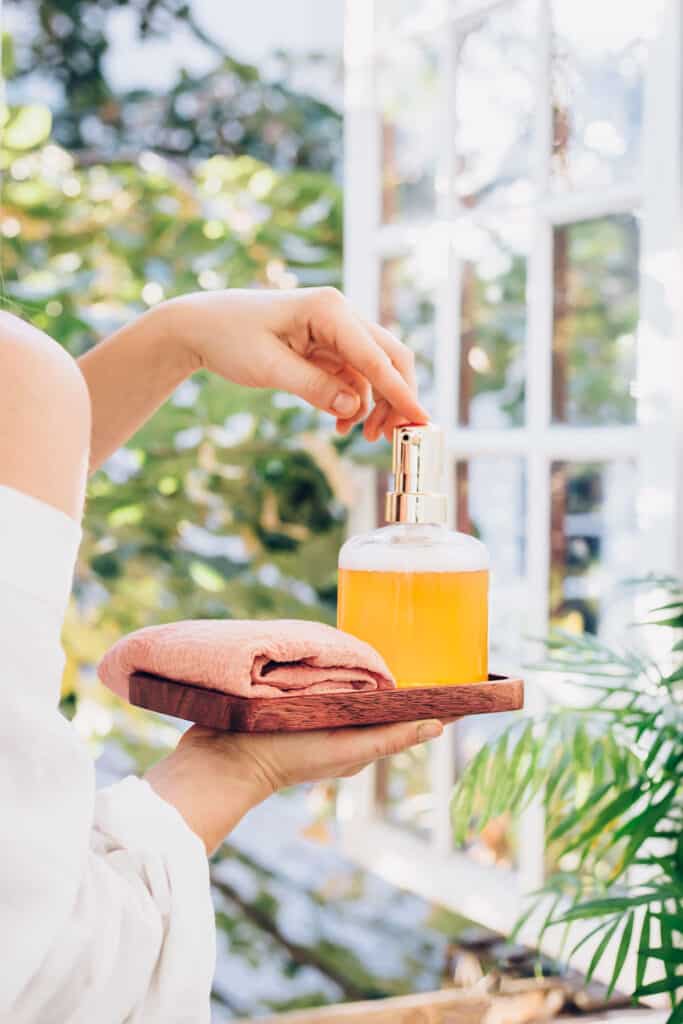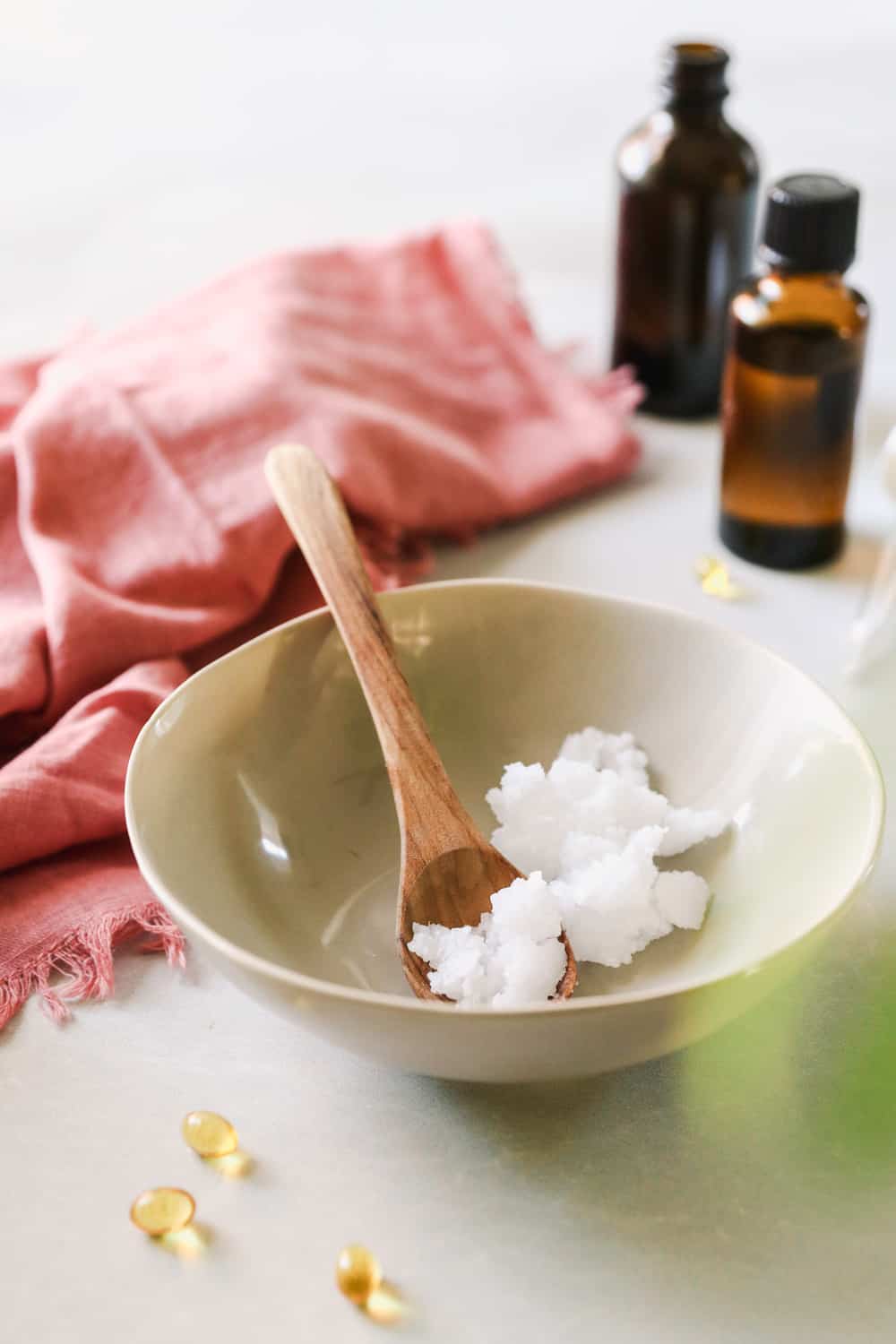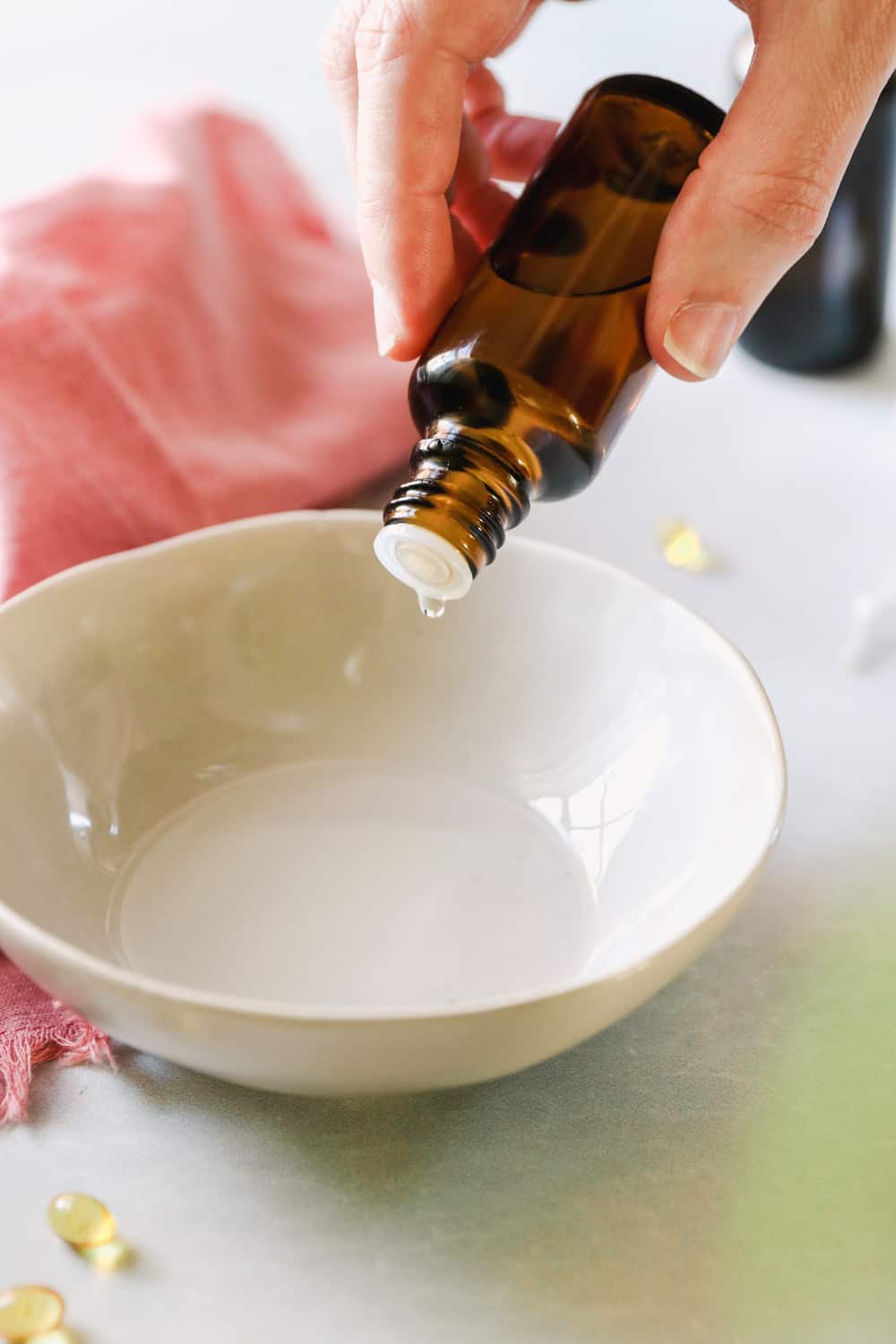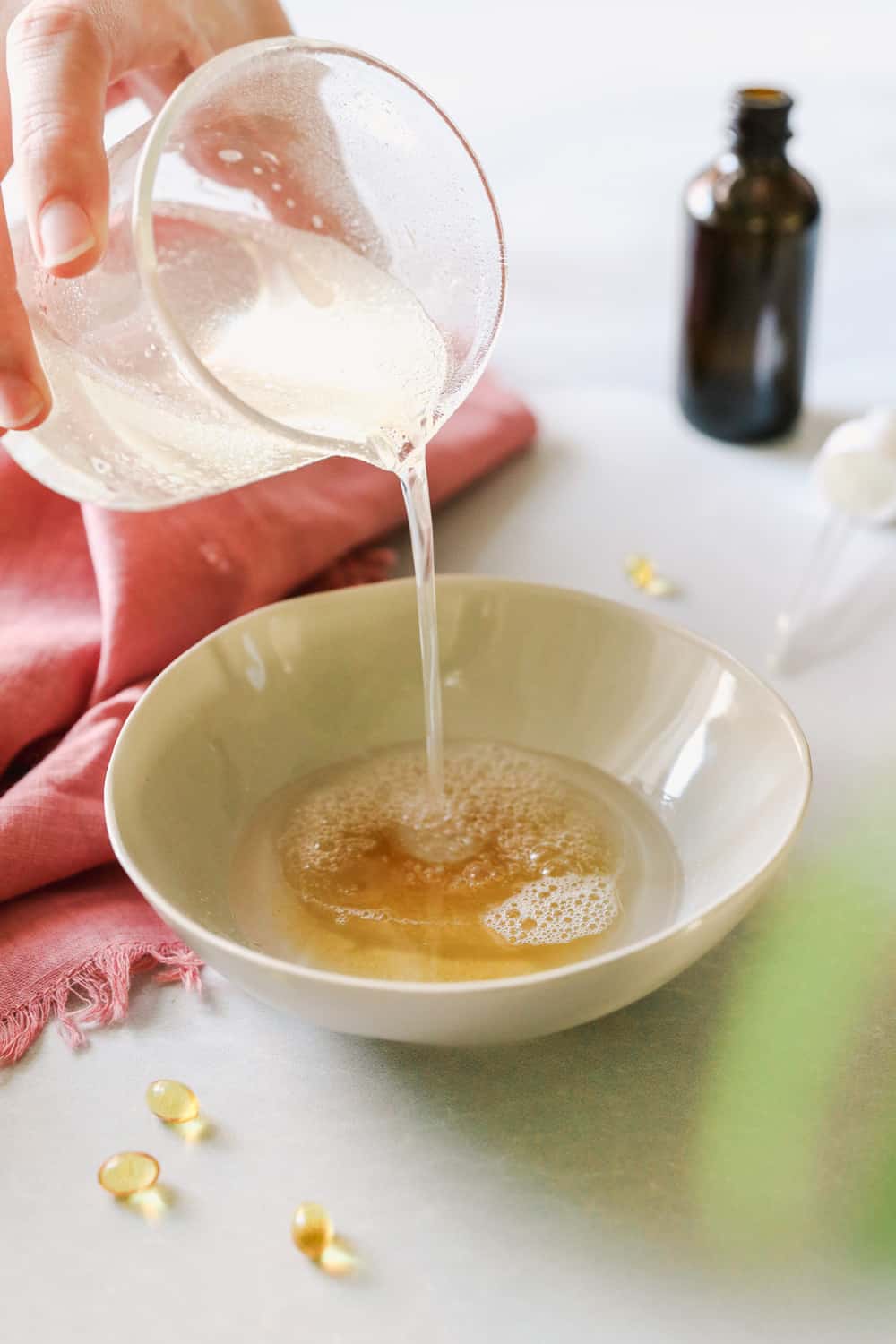Our skin care non-negotiable will always be sunscreen, regardless of your age, skin type, or season (yes, even if you’re indoors). The best sunscreens for mature skin, however, offer more than just sun protection—they’re also the key to unlocking brighter, smoother skin. Beyond providing a broad-spectrum SPF of 30 or higher, these formulas are chock-full of nourishing ingredients (Niacinamide! Ceramides! Hyaluronic acid!) that can help soften signs of skin aging, like fine lines, sun spots, and laxity.
Mind you, we celebrate aging in all of its forms, but we also believe in investing in your skin care and choosing heavy-hitting ingredients that do more than simply hydrate. So we tapped editors and board-certified dermatologists to break down formulas that particularly work well with mature skin and won’t accentuate anything you’d prefer not to shine a spotlight on. Let’s dive in!
Our Top Sunscreens for Dry Skin
Frequently Asked Questions
Best Overall: EltaMD UV Clear SPF 46
Why it’s worth it: Allure editors never stop raving about the Best of Beauty-winning EltaMD’s UV Clear SPF 46, and James Y. Wang, MD, a board-certified dermatologist based in Los Angeles, loves it, too. He calls this mineral-based facial sunscreen “one of the lightest and silkiest skin-care products on the market.” Its star ingredient, niacinamide, is an essential part of this formula for its complexion-brightening, moisture-replenishing properties. To tackle dryness-related wrinkles, this formula also features hydrating hyaluronic acid to plump skin and “fill in” fine lines. Though it’s ultra-hydrating, this sunscreen’s matte finish, oil-free formulation, and inclusion of lactic acid—a skin-tightening and pore-unclogging alpha-hydroxy acid that’s gentler than other exfoliating options—make it a great option for people with acne-prone and oily skin types, too. (Menopause acne is real.) Since we’re on the topic of skin types, those with sensitive skin will love that it’s fragrance-free, too.
If you’re on a retinoid kick, this SPF is a must. The niacinamide in this formula helps calm redness and keeps skin looking smooth, even, and irritation-free.
- Sunscreen type: mineral
- Key ingredients: zinc oxide (9%), octinoxate (7.5%), niacinamide, hyaluronic acid, vitamin E, lactic acid
- Fragrance-free: yes
Best for Hyperpigmentation: SkinCeuticals Daily Brightening UV Defense Sunscreen
Why it’s worth it: Sunscreen is often called a “shield” by dermatologists—and they’re not wrong. SkinCeuticals Daily Brightening UV Defense Sunscreen not only defends against premature aging (fine lines, wrinkles, all the usual suspects), but also takes on dark spots, dullness, and hyperpigmentation with brightening niacinamide and 1% tranexamic acid. The silky, chemical-based formula glides on more like a luxe lotion than a typical SPF, sinking in quickly and making reapplication less of a chore. If uneven skin tone tops your list of skin concerns, this multitasker covers all the bases.
Tester feedback from Allure creative director Amber Venerable
“I loved the consistency and how lightweight yet moisturized my skin felt after using it. You do have to be sure to blend it completely on darker skin tones but it does seep in once you fully rub it in.” —Amber Venerable, creative director
- Sunscreen type: chemical
- Key ingredients: avobenzone (3%), homosalate (5%), octisalate (5%), octocrylene (7.2%), tranexamic acid, niacinamide, glycerin
- Fragrance-free: yes
Best Tinted: Isdin Eryfotona Ageless Tinted Mineral Sunscreen
Why it’s worth it: If you’re looking for a sunscreen that offers just a touch of coverage—enough to blur and even things out without crossing into makeup territory—Isdin’s Eryfotona Ageless Tinted Mineral Sunscreen is a solid pick. It’s packed with photolyase enzymes that, according to board-certified dermatologist Kavita Mariwalla, MD, “improve DNA damage after exposure to UV light.” The formula also features firming peptides and antioxidants to help protect against future sun damage while visibly improving hyperpigmentation and fine lines. The sheer tint doesn’t quite qualify as a skin tint, but it gives your complexion a subtle boost of radiance (and honestly, most days that’s all we need).
Tester feedback from Allure contributing editor Deanna Pai
“My mineral sunscreens have to be tinted—I have too much pigment in my skin to deal with the chalkiness otherwise. I love that this pulls double-duty to not only protect my skin from sun damage but also actively works to even out my skin tone. That’s a big deal since I, like most people with deeper skin, am very prone to dark spots. Plus, it smells and feels like nothing.” —Deanna Pai, Allure contributing editor
- Sunscreen type: mineral
- Key ingredients: zinc oxide (10.7%), peptides, plankton extract, photolyase enzymes
- Fragrance-free: yes
Best Chemical-Based Sunscreen: Shiseido Urban Environment Vita-Clear Sunscreen
Why it’s worth it: The bouncy formula behind Shiseido’s Urban Environment Vita-Clear Sunscreen delivers an equal dose of vitamin C and your must-have sun protection. The brightening power of this hero antioxidant helps with smoothness and softening the look of pores, while hyaluronic acid helps lock in moisture. The water-in-gel formula means the combined benefits of a water-based sunscreen and an oil phase to create a non-greasy, easily absorbed final product.
“As the label reads, it contains vitamin C and licorice, which is perfect for upping my radiance and tackling any dark spots, as well as moisture-attracting hyaluronic acid. I noticed that the gel melted down into an extremely slippery liquid. I let it sit for a few minutes and my skin felt velvety soft with an ever-so-slight slickness. My complexion looked diffused—as if I had a soft, blurring filter on my skin—and glowy when the sun hit it.” —Jesa Marie Calaor, senior editor
- Sunscreen type: chemical
- Key ingredients: avobenzone (2.3%), homosalate (10.0%), octisalate (5.0%), octocrylene (5.0%)
- Fragrance-free: no
Best Mineral-Based Sunscreen: Dr. Loretta Universal Glow Daily Defense SPF 40
Why it’s worth it: If dryness, flaking, and dehydration-induced creasing are holding you back, slather on Dr. Loretta’s Universal Glow Daily Defense SPF 40, an ultra-moisturizing formulation with a subtle peach tint that negates white cast. The brand’s proprietary antioxidants, Lipochroman, and ectoin protect your skin from free radical damage and external stressors (that can lead to progressed signs of aging). Also at work is a blend of four powerful botanicals—frankincense, gotu kola, white birch bark, and knotweed—to calm stressed, sensitive skin.
“It has an amazing light-reflecting luminosity that blurs the skin while providing straightforward zinc oxide protection. It melts in instantly, leaving nothing but a beautiful veil of glow behind.” —Shanna Shipin, shopping director
- Sunscreen type: mineral
- Key ingredients: zinc oxide (17%), lipochroman, ectoin, coconut oil, jojoba oil
- Fragrance-free: yes
Best for Barrier Repair: La Roche-Posay Toleriane Double Repair Moisturizer SPF 30
Why it’s worth it: Prepare to quench your thirsty skin with La Roche-Posay’s Toleriane Double Repair Moisturizer SPF 30. This moisturizing sunscreen is one of Dr. Wang’s favorite drugstore formulations for its trifecta of skin enhancers, including hydrating glycerin, irritation-calming niacinamide, and moisture-sealing ceramides. Its lightweight, lotion-like texture blends seamlessly into any skin tone, and, most importantly, it provides broad-spectrum SPF 30 protection. Most importantly, it saves you an extra skin-care step in the morning. “This is easy to apply and combines SPF with moisturizing ingredients and ceramides to help restore the skin’s natural protective barrier,” Marisa Garshick, MD, a board-certified dermatologist based in Manhattan, New York, and Englewood, New Jersey, previously attested.
“I had already mentally prepared myself to spend 10 minutes working it into my skin, which is what usually happens with creams like this. To my surprise, however, the cream quickly sank into my skin with minimal effort. There was no grayish-looking film topping my skin. Instead, it dried down to a translucent, powdery finish that had a similar feel and look as a mattifying makeup primer. The formula sat clear and comfortably on my face.” —Kathleen Suico, former beauty editor
- Sunscreen type: chemical
- Key ingredients: avobenzone (3%), homosalate (5%), octisalate (5%), octocrylene (7%), ceramides, niacinamide, glycerin, thermal spring water
- Fragrance-free: yes
Best Korean Sunscreen: Round Lab Birch Moisturizing Sunscreen UVLock SPF 45+
Why we love it: K-beauty sunscreens have a way of turning a daily chore into a skin-care ritual, and Round Lab Birch Moisturizing Sunscreen UVLock SPF 45+ has earned its viral status, thanks to its silky formula. “It’s a moisturizing sunscreen that is formulated with hyaluronic acid, glycerin, and antioxidants to hydrate and soothe the skin,” says Y. Claire Chang, MD, a board-certified dermatologist at Union Derm based in New York City. “It blends in easily and layers beautifully with other skincare products and makeup.” The texture is more like a dewy moisturizer than your average SPF, thanks to birch sap and skin-quenching humectants. And there’s no chalkiness or stickiness in sight, which makes you actually want to reapply it throughout the day.
The birch sap in Round Lab’s Birch collection isn’t just any old tree juice—it’s harvested from the spring sap of silver birch trees in Inje, Korea’s silver birch trees. This seasonal sap is rich in minerals and amino acids, which help hydrate and soothe the skin.
- Type: chemical
- Key ingredients: glyceryl glucoside, homosalate, niacinamide, birch
- Fragrance-free: yes
Best Drugstore: Eucerin Sun Advanced Hydration SPF 50 Sunscreen Lotion
Why it’s worth it: Sunscreen has a way of settling into every dry crack and crevice—until you try Eucerin Sun Advanced Hydration SPF 50 Sunscreen Lotion. “It’s packed with hyaluronic acid and humectants, which help lock in moisture, and it absorbs well without leaving a white cast,” Ashley McGuinness, MD, board-certified dermatologist at Schweiger Dermatology Group in Chesterfield, MO, previously told Allure. And Eucerin’s AOX Shield—a mix of five hardworking antioxidants—has your back when it comes to fighting off free radicals, so your skin stays smooth, fresh, and glowy. The best part? It’s the most budget-friendly pick on our list, which means you can reapply as much as you want without thinking twice.
If your skin’s feeling extra thirsty, layer a hydrating serum or essence underneath—this sunscreen will help seal it all in.
- Type: chemical
- Key ingredients: avobenzone (3%), homosalate (9%), octisalate (4.5%), octocrylene (9%), hyaluronic acid
- Fragrance-free: yes
Best for Dry Skin: Naturium Dew-Glow Moisturizer SPF 50 SPF 43 PA +++
Why it’s worth it: Another K-beauty favorite that checks every glow box: Naturium’s Dew-Glow Moisturizer SPF 50 PA++++. Powered by niacinamide and vitamin C to visibly brighten and even tone, plus squalane and argan oil to flood skin with hydration, it leaves your face looking plump, fresh, and dewy in seconds. The buttery texture glides on effortlessly and melts down to that juicy, lit-from-within finish. And thanks to its clever packaging, the cap features a built-in indent that holds exactly ¼ teaspoon of sunscreen—the recommended amount for full face and neck coverage—so you can skip the guesswork.
New to the Korean sunscreen UVA protection scale? PA ratings range from PA+ to PA++++, and “the greater the number of plus signs, the better the level of protection against UVA rays (which visibly age us),” Joshua Zeichner, MD, a board-certified dermatologist and the director of cosmetic and clinical research of dermatology at Mount Sinai Hospital in New York City, previously told Allure.
- Type: chemical
- Key ingredients: homosalate (10%), octisalate (5%), avobenzone (3%), niacinamide, ethyl ascorbic acid
- Fragrance-free: yes
Frequently Asked Questions
How does sunscreen benefit mature skin?
On top of preventing issues like skin cancer and sunburn, Dr. Lolis says applying (and reapplying) a broad-spectrum sunscreen will minimize the appearance of concerns like fine lines, sun spots, and decreased skin laxity. “Unprotected sun exposure drastically accelerates the appearance of aging skin,” Dr. Lolis explains. “While mature skin is already experiencing these effects absent sun exposure, not protecting your skin with sunscreen daily only sends the aging process into hyperdrive,” she adds. Message heard loud and clear.
What ingredients should I look for in sunscreen for mature skin?
The usual golden ingredient of maturing skin-care routines is, usually, retinol, but sunscreens usually don’t contain that ingredient (mainly due to the misconception that retinol can increase skin photosensitivity, but that’s actually a myth). So, you’ll want to look for a sunscreen formulated with antioxidants, the top-tier one being a stabilized form of vitamin C. This is because antioxidants neutralize environmental aggressors, including pollution, infrared rays, and visible light, therefore they boost the efficacy of your sunscreen’s protective measures. On top of that, studies have shown that when vitamin C is used topically, it can help accelerate the skin’s production of collagen and elastin, the protein fibers that help keep skin plump and firm. So, in helping to promote collagen production, topical vitamin C can help prevent signs of aging of the skin, including fine lines and lack of elasticity.
Another antioxidant known for its skin-boosting benefits is niacinamide, also known as vitamin B3. Like its counterpart, vitamin C, niacinamide has a myriad of benefits, including evening tone, brightening your complexion, and minimizing the appearance of pores. Dr. Garshick previously told Allure that this antioxidant can also diminish fine lines and wrinkles, thanks to its collagen-boosting properties. Most of the formulas above are also spiked with other plumping additives, like hydrating hyaluronic acid.
Meet the experts
- James Y. Wang, MD, a board-certified dermatologist based in Los Angeles
- Marisa Garshick, MD, a board-certified dermatologist based in Manhattan, New York, and Englewood, New Jersey
- Margarita Lolis, MD, a board-certified dermatologist at Schweiger Dermatology Group in Hackensack, New Jersey
- Y. Claire Chang, MD, a board-certified dermatologist at UnionDerm based in New York City
- Kavita Mariwalla, MD, a board-certified dermatologist based in West Islip, New York
- Ashley McGuinness, MD, board-certified dermatologist at Schweiger Dermatology Group in Chesterfield, MO
- Joshua Zeichner, MD, a board-certified dermatologist and the director of cosmetic and clinical research of dermatology at Mount Sinai Hospital in New York City
- Dara Spearman, MD, a board-certified dermatologist in Fort Wayne, Indiana
How we test and review products
When Allure tests a product, our editors look at it from every angle in an effort to best serve you. We review ingredients, scrutinize brand claims, and, when necessary, examine peer-reviewed scientific and medical studies. In addition to testing each and every product that’s included in each and every review, we rely on experts who shape their fields, including dermatology, cosmetic chemistry, and medicine, to help us vet the ingredients and formulas.










